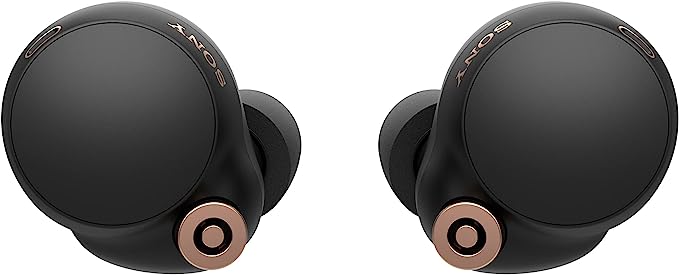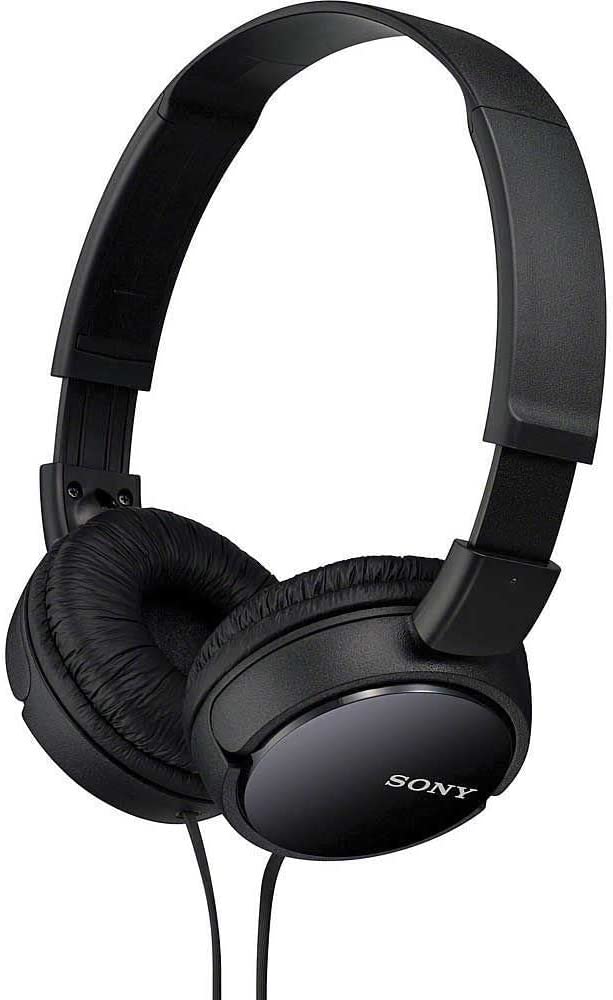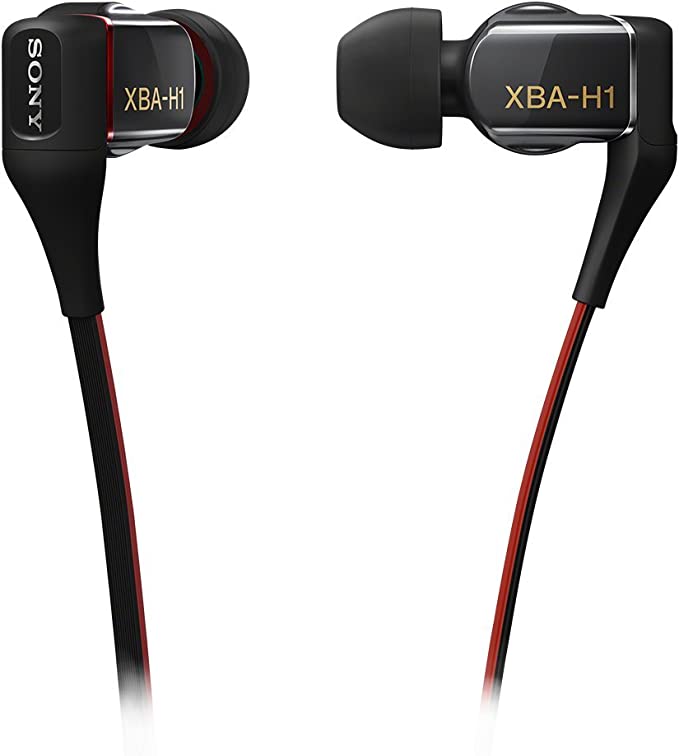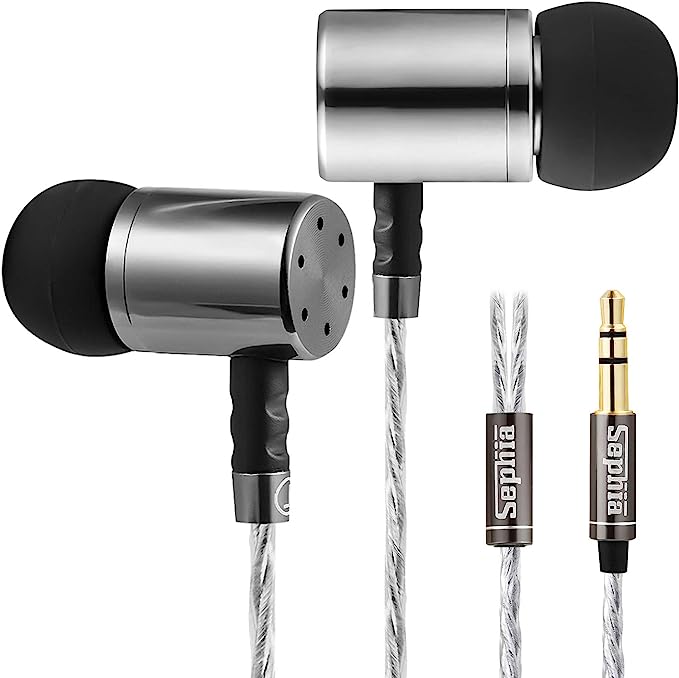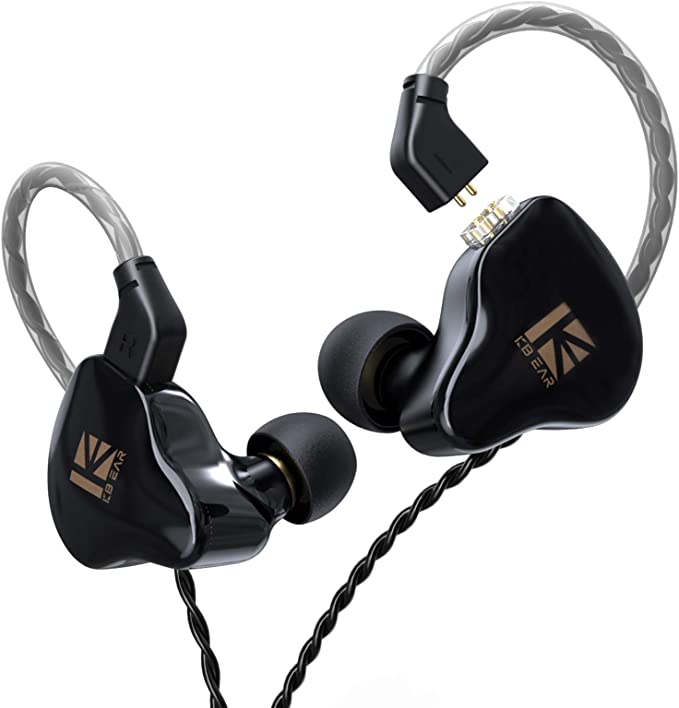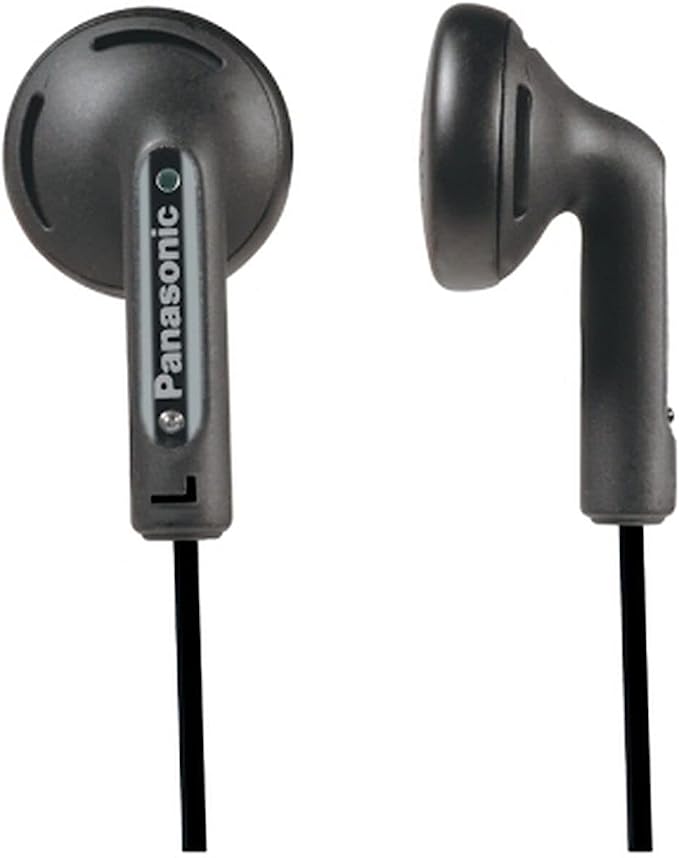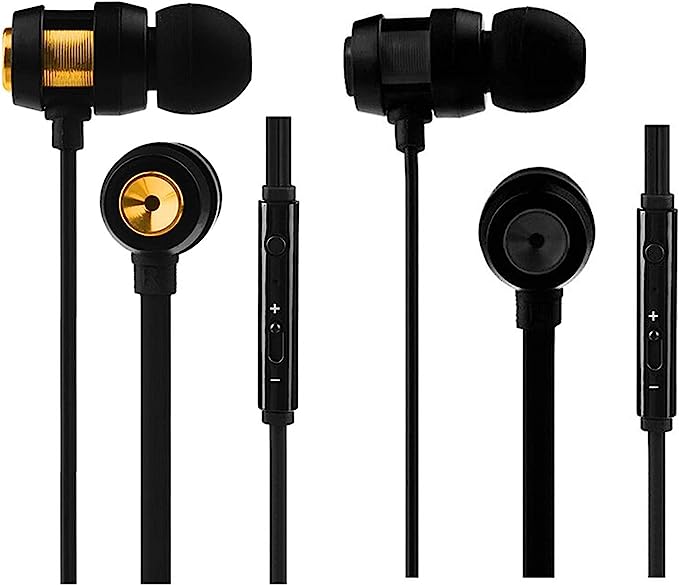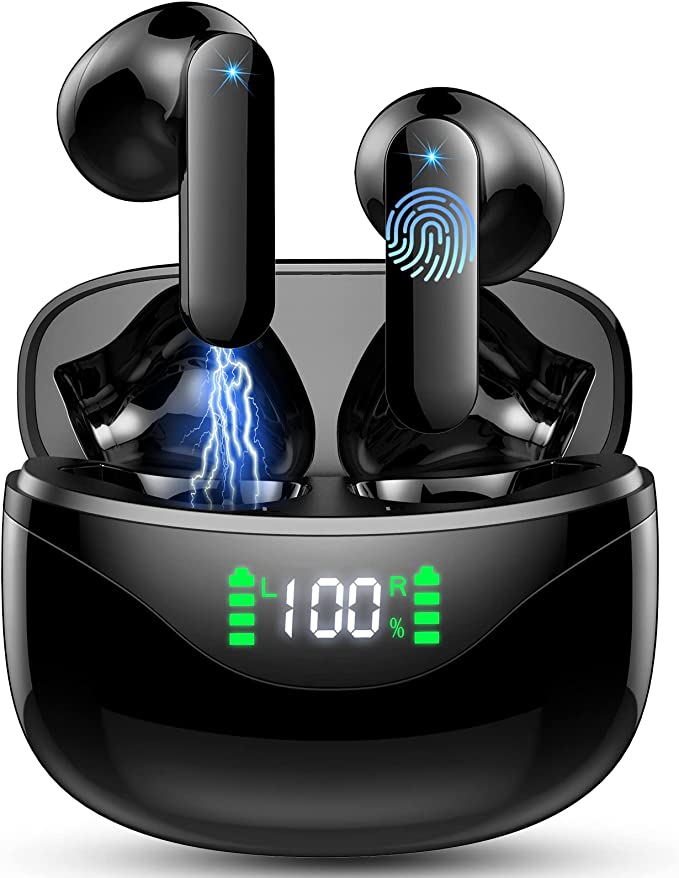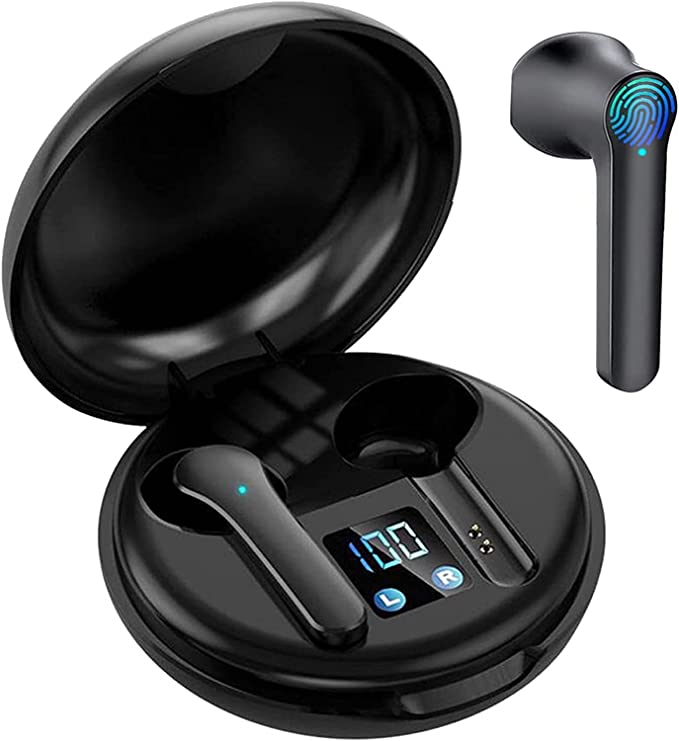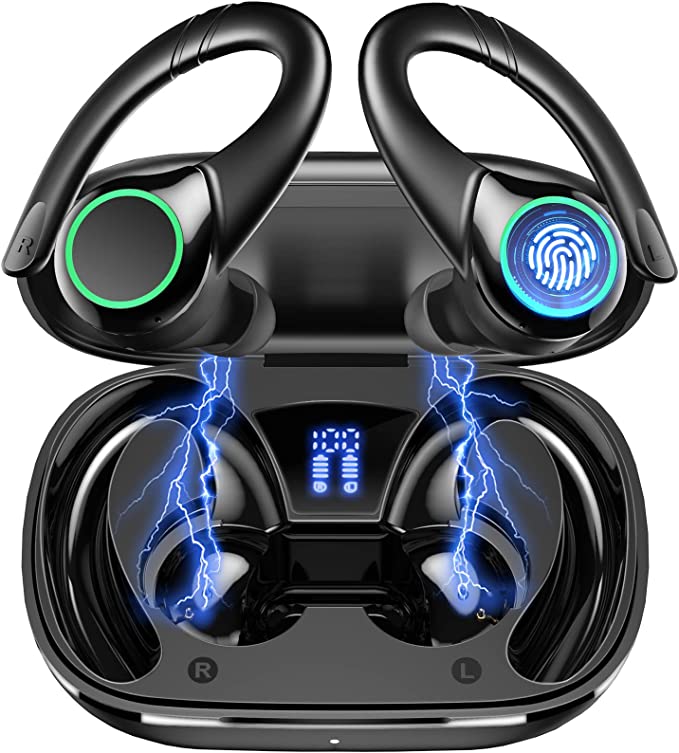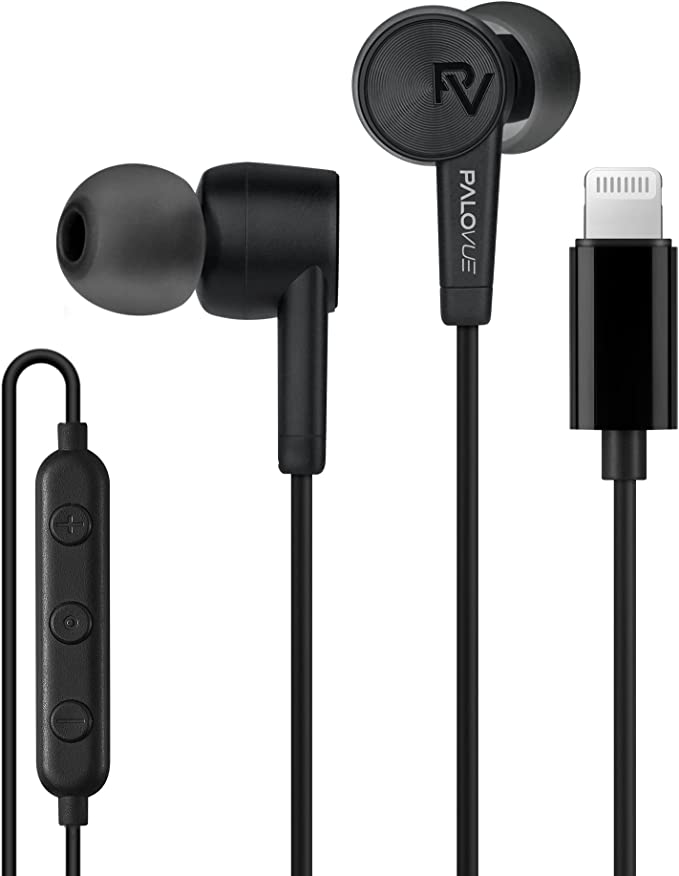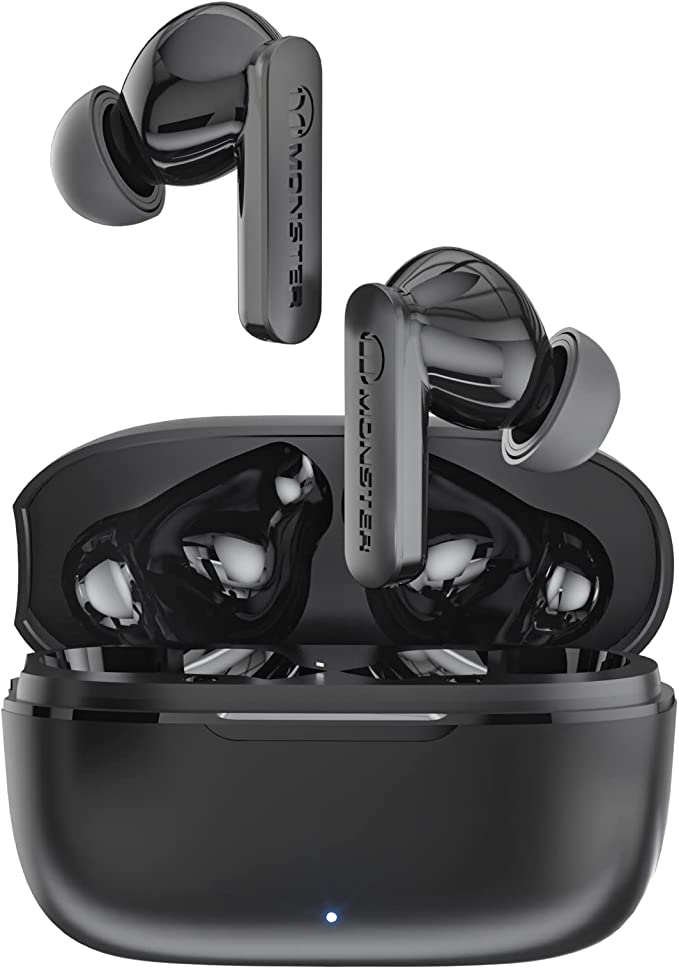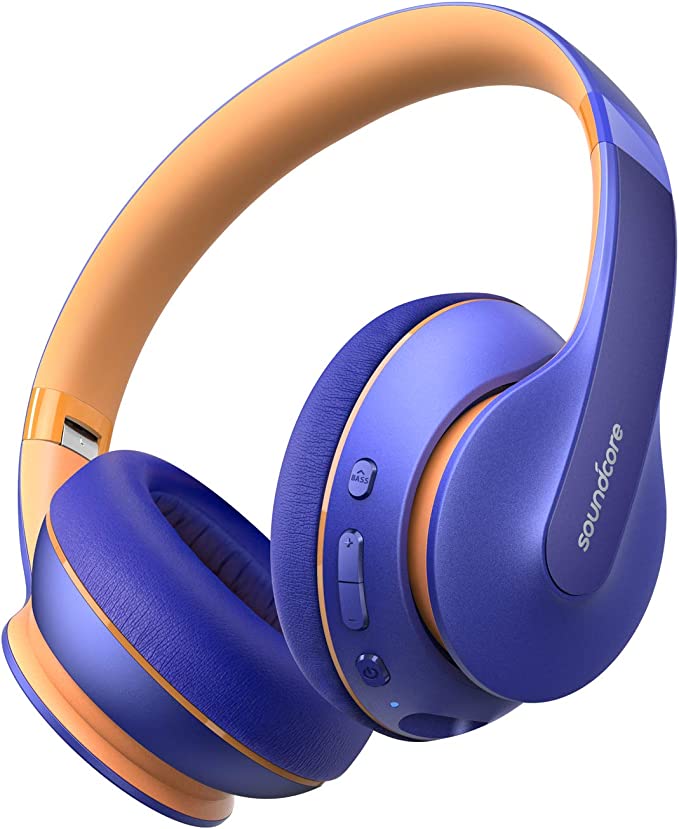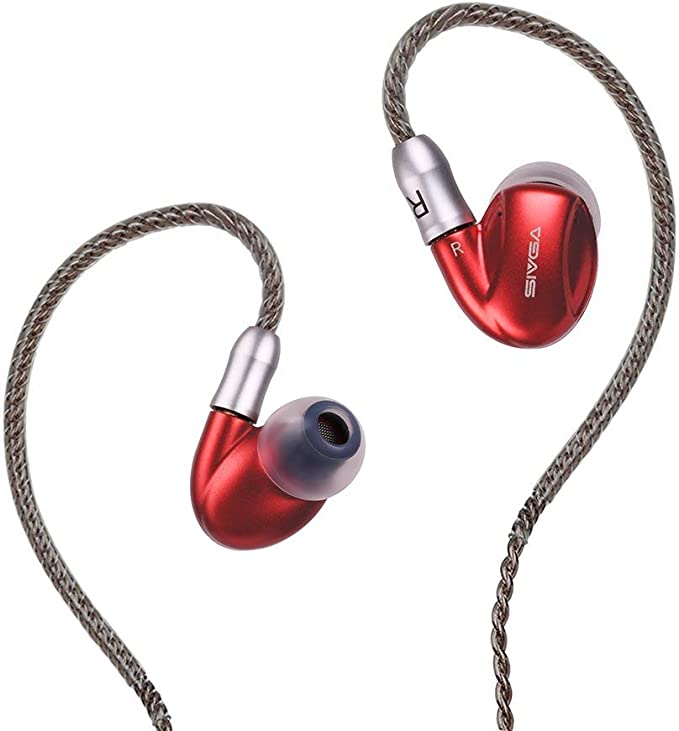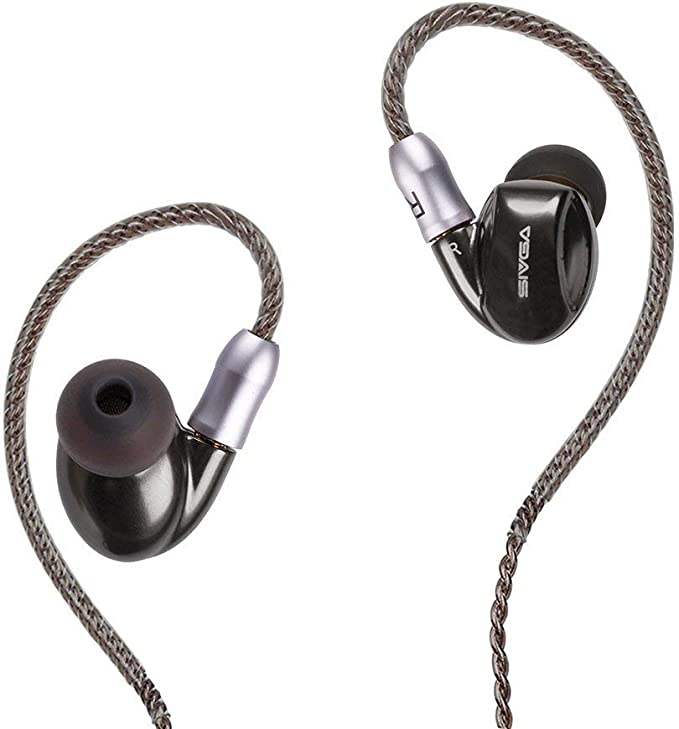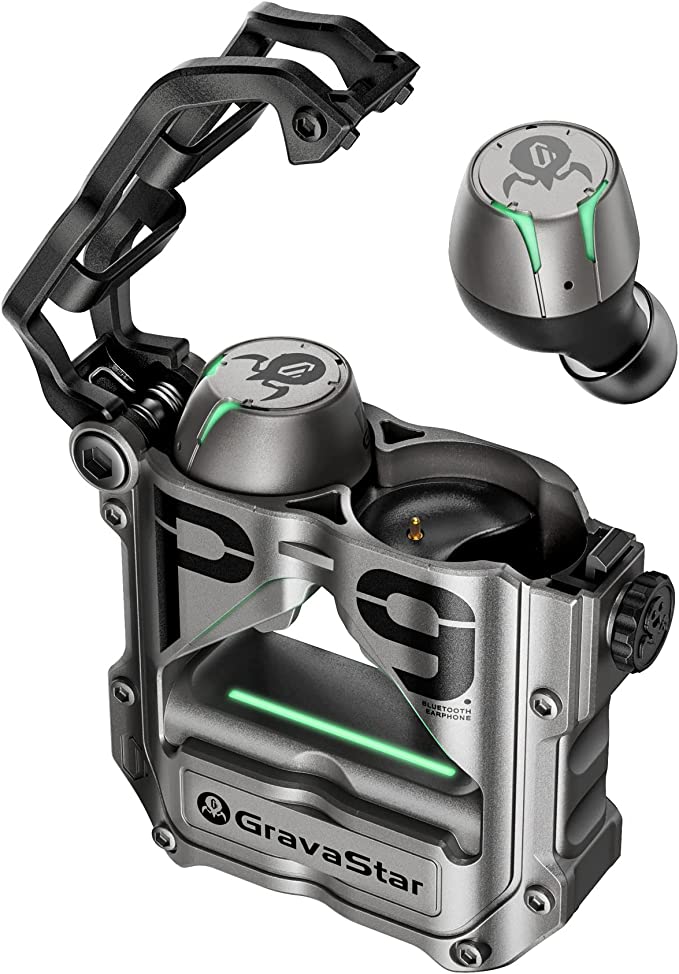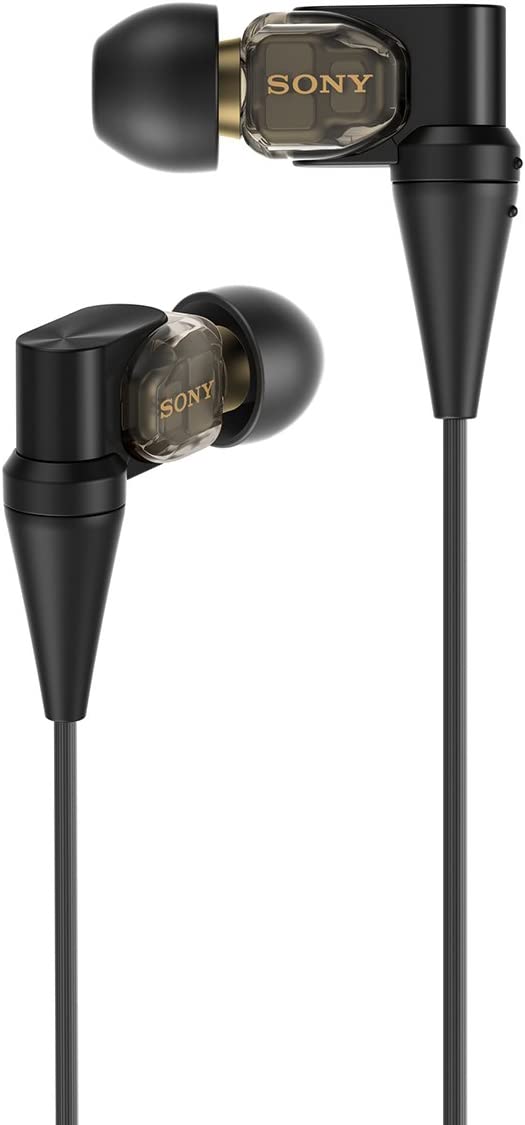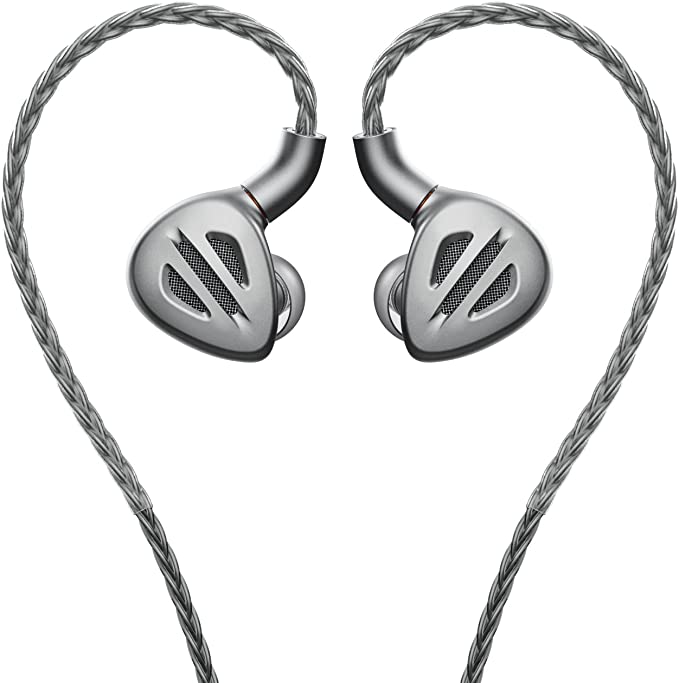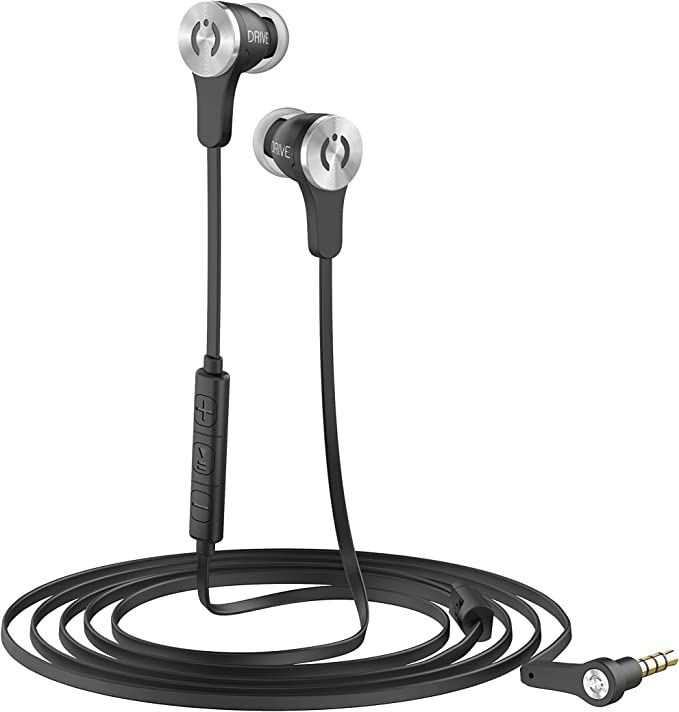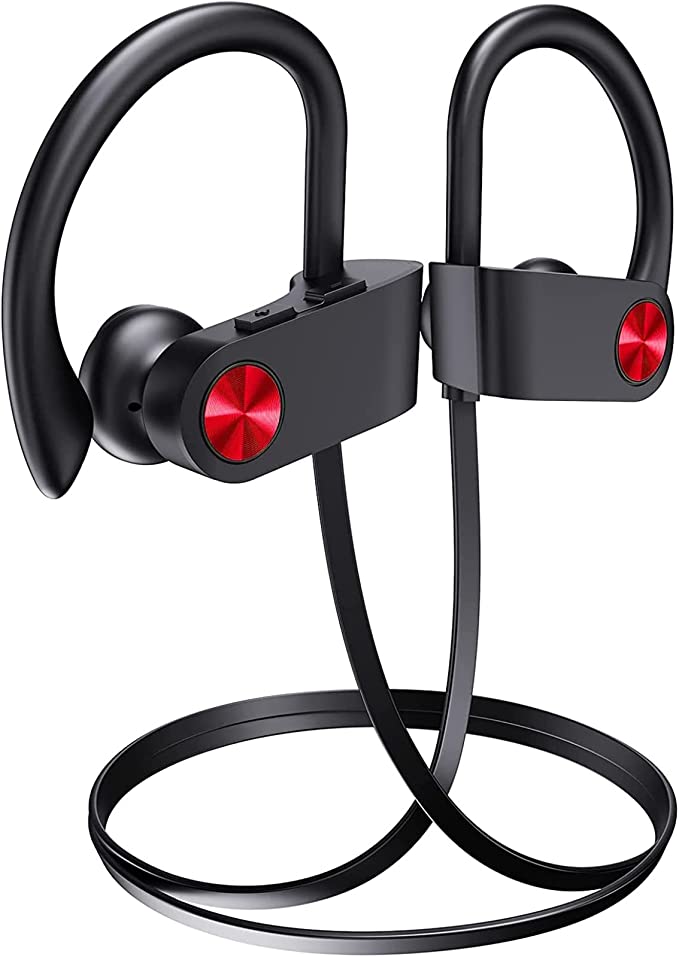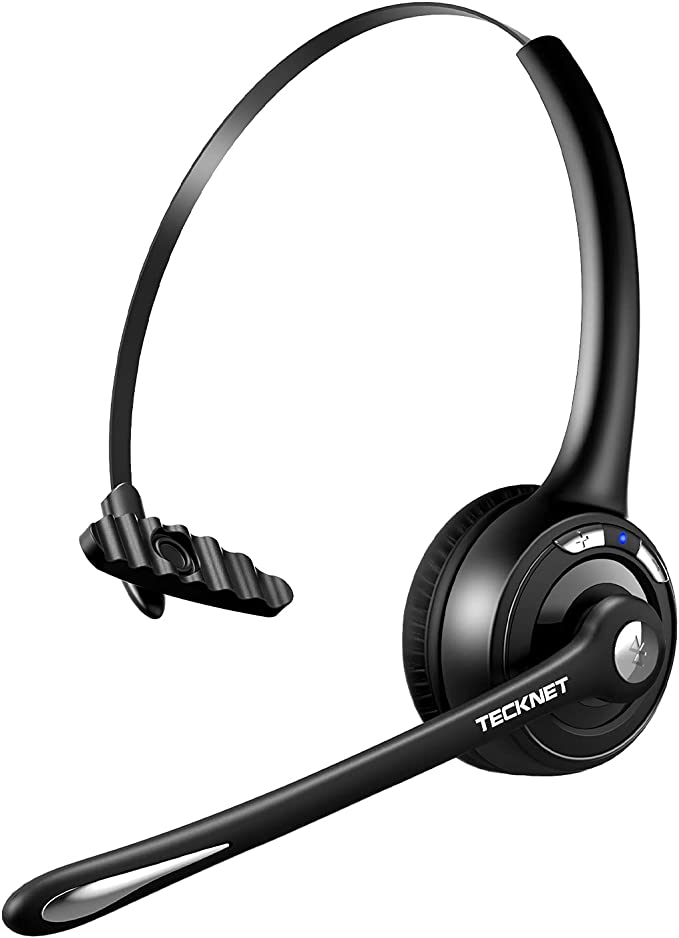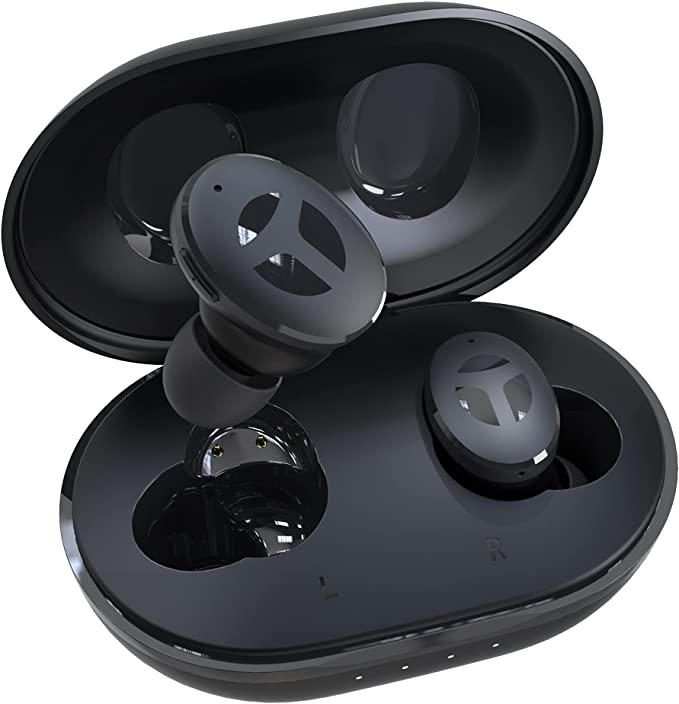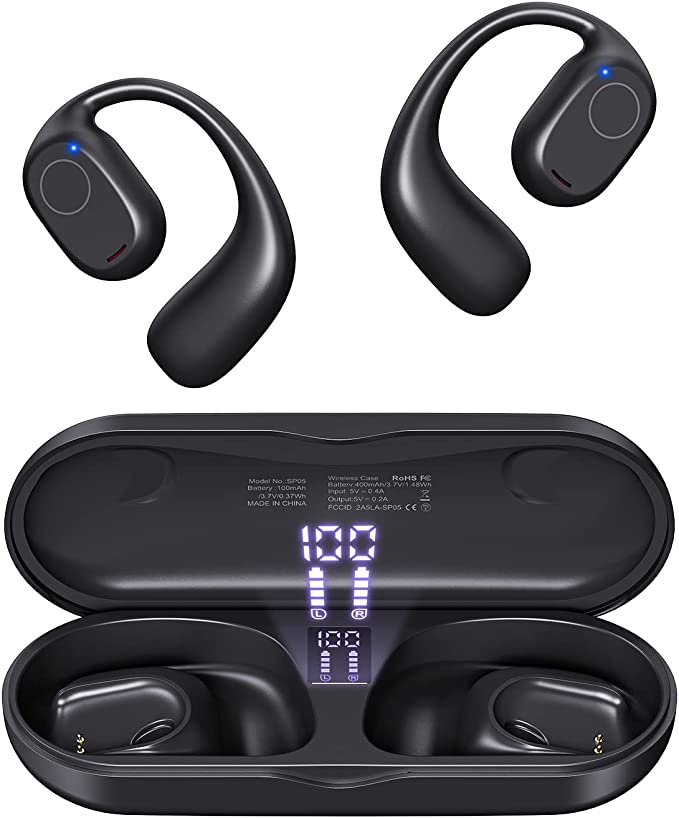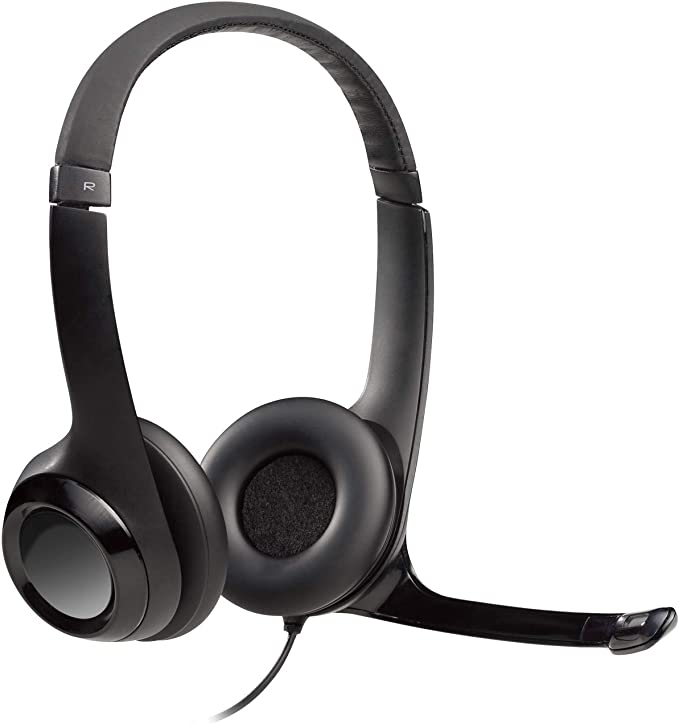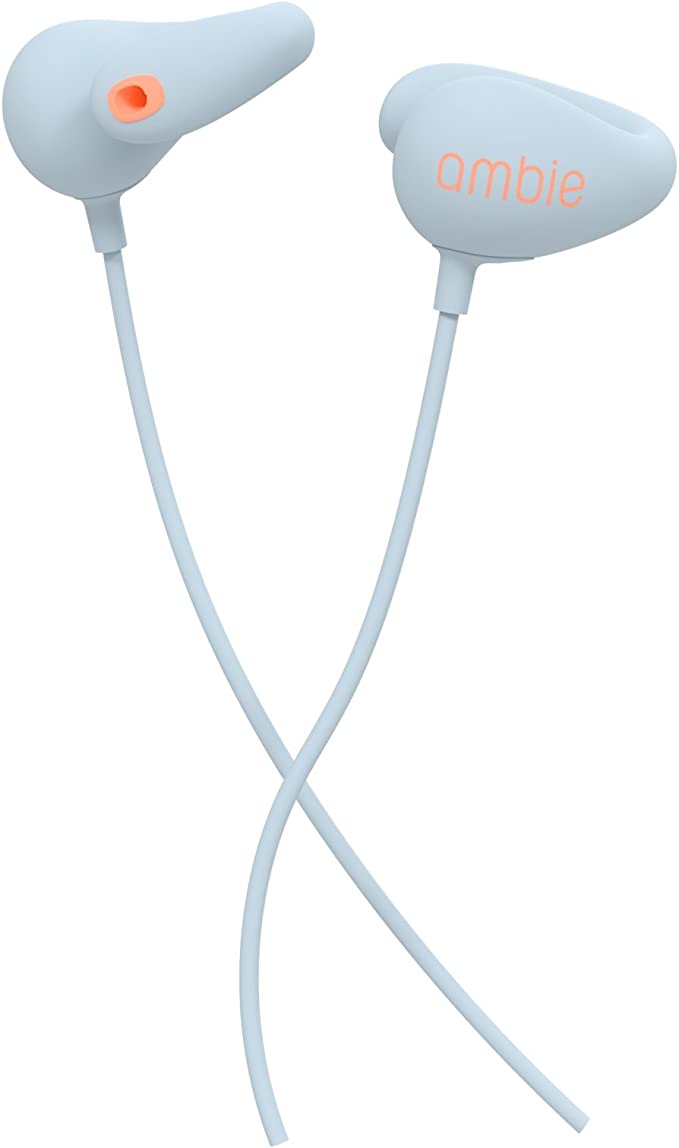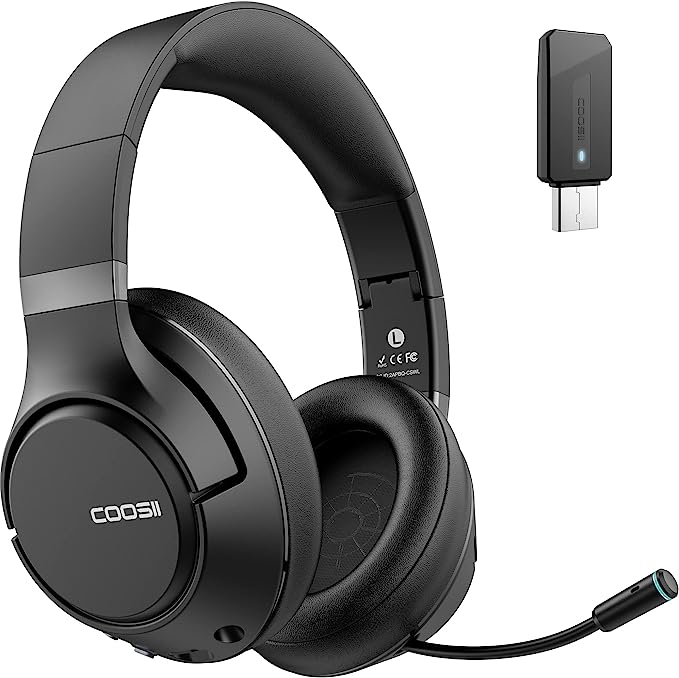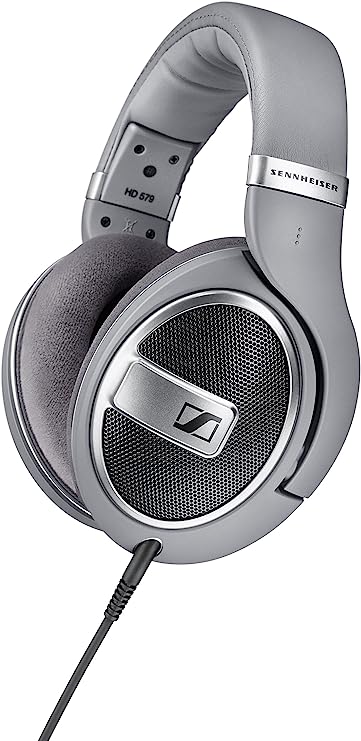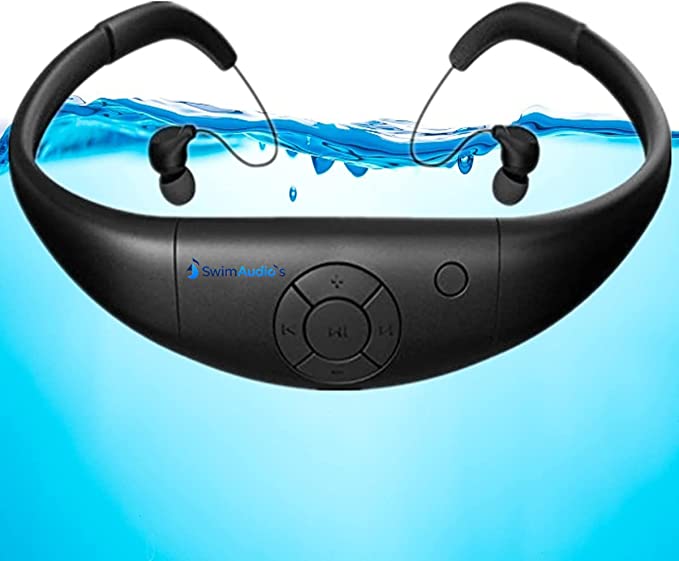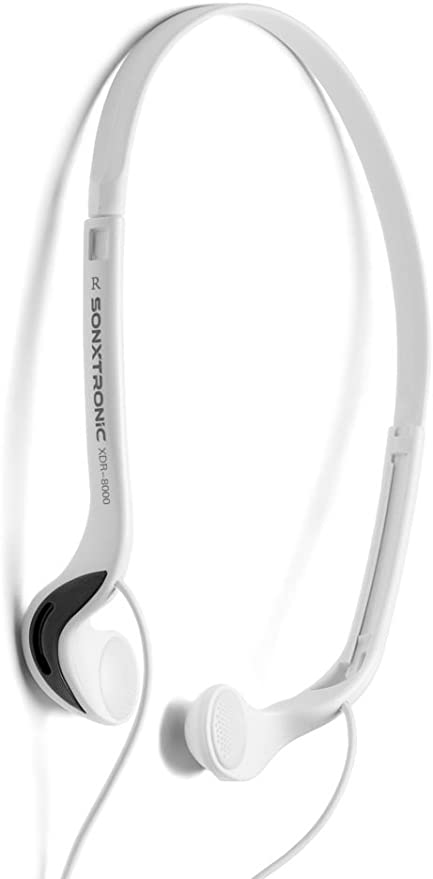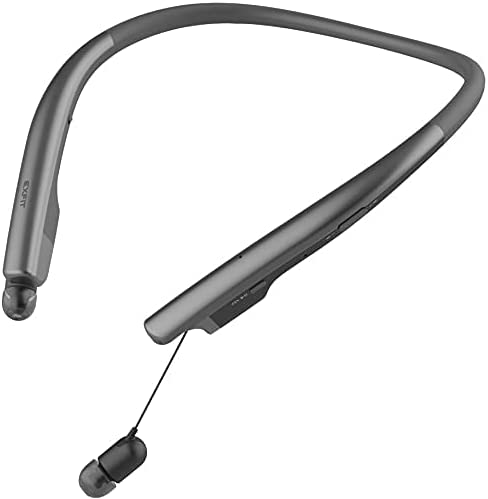Sony XBA-1 Headphones: Clarity Redefined Through Balanced Armature Technology
Update on Sept. 13, 2025, 11:45 a.m.
It all started with hearing aids and space missions. A journey into the physics of headphones, the art of the trade-off, and why your music sounds the way it does.
Have you ever had that moment? You’re listening to a song you’ve heard a thousand times, but with a new pair of earphones, a hidden landscape suddenly reveals itself. A subtle guitar lick, the soft breath of the vocalist between lines, a distant cymbal you never knew existed. It’s a magical feeling, like seeing a familiar room in a new light.
But what if I told you this magic isn’t magic at all? What if it’s the result of a microscopic battle being waged inside your ear, a duel between two fundamentally different engineering philosophies?
This is the story of the surgeon and the sledgehammer. It’s the story of the two tiny engines that power almost every earphone on the planet, and understanding them will change the way you listen to everything. To guide our exploration, we’ll dissect a curious artifact from the past: a small, unassuming earphone from 2012 called the Sony XBA-1. It’s no longer in production, but like a perfectly preserved fossil, it tells a fascinating story about one of these technologies in its purest form.
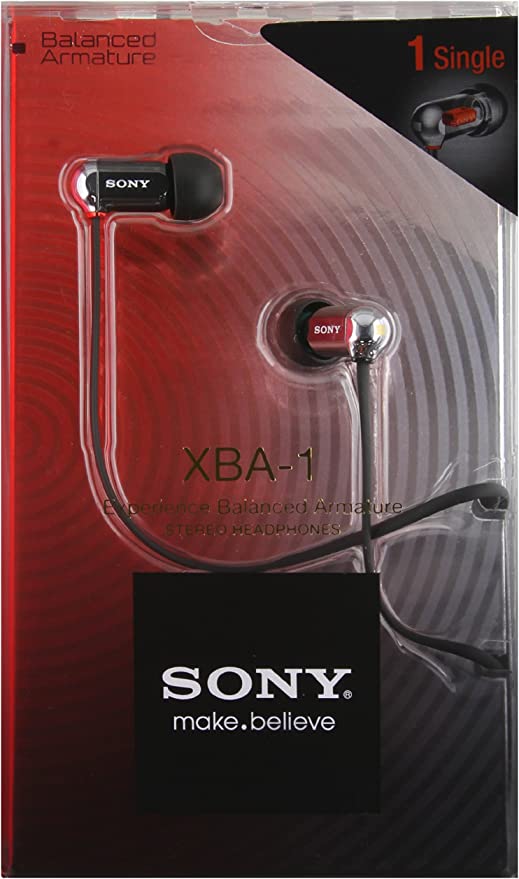
The Sledgehammer: The Power of Moving Air
First, let’s meet the reigning champion, the technology inside the vast majority of headphones, from the cheap earbuds that came with your old phone to high-end studio monitors. It’s called the Dynamic Driver.
The name sounds impressive, but the concept is beautifully simple. A dynamic driver is essentially a miniature, traditional loudspeaker. It works by attaching a cone-shaped diaphragm to a coil of wire (the voice coil) and placing it in front of a magnet. When an electrical audio signal zips through the coil, it creates a magnetic field that interacts with the permanent magnet, pushing and pulling the diaphragm back and forth.
This movement is powerful. The diaphragm acts like a piston, forcefully moving a column of air that travels down your ear canal and is interpreted by your brain as sound. Think of it as a sledgehammer. It’s designed for impact. Its strength lies in its ability to displace a significant amount of air, which is absolutely crucial for creating the deep, visceral feeling of bass. The kick of a drum, the rumble of a synthesizer—that’s the dynamic driver’s territory. It delivers a full, warm, and powerful sound, but all that mass and movement can sometimes come at the cost of agility.
The Surgeon: The Art of Precision
Now, let’s meet the challenger. It’s a far more delicate and specialized piece of technology, born not from the world of music, but from the critical need for absolute clarity. This is the Balanced Armature (BA) Driver.
Its story begins in the mid-20th century, with the development of modern hearing aids. For someone with hearing loss, the goal isn’t booming bass; it’s intelligibility. It’s the desperate need to clearly distinguish the subtle consonants of human speech. To achieve this, engineers needed a different kind of engine—one that was incredibly small, extremely efficient, and surgically precise.
Enter Knowles Electronics. They perfected a tiny transducer where a minuscule reed, or “armature,” is balanced between two magnets. When an audio signal passes through a coil wrapped around the armature, it causes the reed to pivot back and forth with incredible speed and precision. This microscopic movement is transferred via a tiny rod to a very stiff diaphragm, which then creates sound waves.
Think of it not as a sledgehammer, but as a surgeon’s scalpel.
The moving parts are almost weightless compared to a dynamic driver. The armature doesn’t need to move a large volume of air; it just needs to vibrate with extreme accuracy. This technology was so effective at producing clear, intelligible sound that it was adopted by NASA for the communication systems in their space missions. When you’re orbiting the Earth, you don’t need to feel the bass in Mission Control’s voice; you need to understand every single word, flawlessly.
A Perfect Specimen: Dissecting the Sony XBA-1
This brings us to our fossil, the Sony XBA-1. Around the early 2010s, this specialized BA technology began making its way into consumer audio. The XBA-1 was a prime example of this transition, built around a single, full-range balanced armature driver. It was, in essence, a direct delivery of the “surgeon’s scalpel” philosophy to music lovers.
And its performance in the real world perfectly illustrates the physics at play.
Users and reviewers at the time were consistently astonished by one thing: the clarity. Vocals, pianos, and acoustic guitars were rendered with a detail that was often described as “transparent.” You could hear the texture in a singer’s voice, the faint scrape of a pick on a guitar string. This is the balanced armature doing exactly what it was designed to do. Its low-mass, high-speed system could trace the complex waveforms of mid and high-frequency sounds with a precision a larger, heavier dynamic driver often struggles to match.
But this surgical precision came with an equally predictable trade-off. The most common complaint leveled against the XBA-1 was its lack of bass. Reviewers called it “anemic,” “weak,” or “lacking impact.” And they were right. But this wasn’t a flaw in the product; it was a law of physics. The tiny armature, designed for speed and detail, simply could not move enough air to produce the powerful, low-frequency pressure waves that we perceive as deep bass. The sledgehammer’s thud was replaced by the surgeon’s tap.
The Art of the Trade-Off: Engineering is Not Magic
The story of the XBA-1 is the perfect lesson in the most fundamental principle of engineering: the art of the trade-off. In the pursuit of creating something, you can rarely have it all. Improving one characteristic often means compromising on another.
The Sony XBA-1 didn’t fail at producing bass. It chose not to prioritize it. It sacrificed the sledgehammer’s brute force to gain the surgeon’s meticulous clarity. It was a device built for a listener who valued detail over impact.
Of course, the story doesn’t end there. Audio engineers, being relentless problem-solvers, asked, “What if we don’t have to choose?” This led to the development of modern multi-driver earphones. Inside a single tiny earpiece, you might now find a team of specialists: a large dynamic driver acting as a “woofer” for the bass, and one, two, or even more balanced armature drivers acting as “mid-range drivers” and “tweeters” for the rest of the sound spectrum, all coordinated by a tiny circuit called a crossover.
But even this is another trade-off. You gain a more complete sound, but you introduce new challenges in cost, size, and the complex art of making all those different drivers sing together in perfect harmony.
Beyond Bass, Beyond Treble
Our journey has taken us from the critical needs of hearing aids and astronauts to the nuanced pleasures of music listening. We’ve seen how two different solutions to the same problem—how to make a tiny object create sound—result in two dramatically different experiences.
The dynamic driver is the master of power and emotion. The balanced armature is the master of detail and precision.
The next time you put on a pair of headphones, listen a little closer. Is the sound big, warm, and impactful? You’re likely hearing the work of a sledgehammer. Is it incredibly detailed, crisp, and clear, letting you hear every nuance of the performance? You’re probably in the hands of a surgeon.
Your headphones are not just “good” or “bad.” They are a collection of choices, a series of elegant compromises forged in the laws of physics. Understanding this doesn’t just make you a smarter consumer; it makes you a more appreciative listener. You’re no longer just hearing music; you’re hearing the beautiful result of a deliberate engineering choice, a tiny, invisible battle between power and precision, waged for your listening pleasure.
